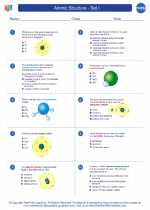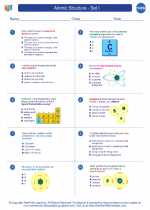Spiral Galaxies
Definition
A spiral galaxy is a type of galaxy characterized by a central bulge of old stars and a flat, rotating disk that contains younger stars, gas, and dust. The disk often exhibits prominent spiral arms.
Structure
The main components of a spiral galaxy include the central bulge, the disk (containing spiral arms), and the halo. The central bulge is a densely packed region at the center of the galaxy, while the disk is a flattened, rotating structure where most of the galaxy's stars, gas, and dust are concentrated. The halo is a more diffuse, nearly spherical region that surrounds the galaxy's other components.
Classification
Spiral galaxies are classified into several subtypes based on the appearance of their spiral arms and the size of their central bulges. The most common classification system is the Hubble sequence, which categorizes spiral galaxies into "normal" spirals (S) and barred spirals (SB).
Formation and Evolution
The exact mechanisms of spiral galaxy formation are still under investigation. However, it is believed that gravitational interactions and mergers between galaxies play a significant role in shaping the structure of spiral galaxies. Over time, spiral galaxies evolve as they continue to form new stars, and their overall appearance can change due to interactions with other galaxies or environmental influences.
Study Guide
To better understand spiral galaxies, consider the following study guide:
- Research the Hubble sequence and familiarize yourself with the different subtypes of spiral galaxies.
- Investigate the role of dark matter in the formation and dynamics of spiral galaxies.
- Explore the concept of galactic evolution and the factors that influence the evolution of spiral galaxies over time.
- Examine the latest research on the formation of spiral arms and their persistence in galaxies.
- Study the techniques and instruments used in observational astronomy to gather data on spiral galaxies, such as telescopes, spectroscopy, and imaging technologies.
[Spiral Galaxies] Related Worksheets and Study Guides:
.◂Chemistry Worksheets and Study Guides High School. Atomic Structure - Set I

 Worksheet/Answer key
Worksheet/Answer key
 Worksheet/Answer key
Worksheet/Answer key
